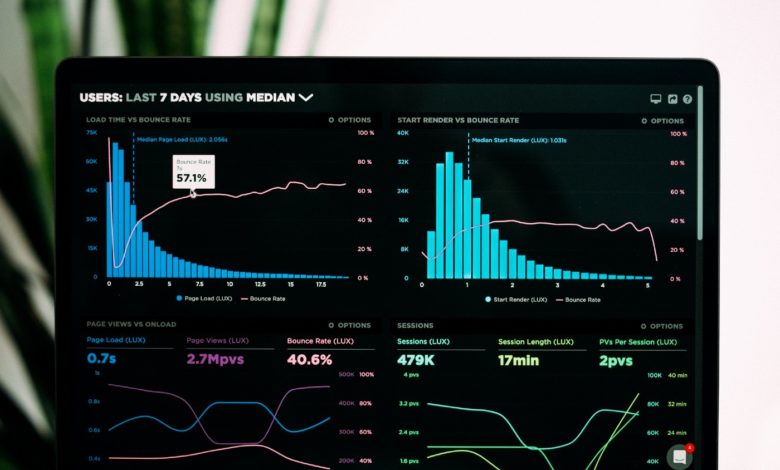Challenges in machine learning monitoring



Big data and machine learning have created new possibilities for achieving business objectives. This makes better ML modeling, including training and productionization, possible. ML model monitoring refers to hosting, scaling, and running an ML Model on top of relevant datasets.
ML Model Productionization can be achieved either by using cloud services or a private setting. Cloud services like AWS or Azure provide the infrastructure for hosting and scaling the models, but private installations are often more cost-effective and secure.
For an ML Model to be hosted in a cloud service, it must go through a training phase if not already trained and then be deployed in the production environment. This means that the model must be able to run on top of several computers at once without interfering with each other’s output or performance.
With the help of machine learning, businesses can now collect data at a faster rate than ever before and analyze it in real-time. This has created a need for efficient hosting solutions that allow businesses to run their ML models without worrying about scaling issues or excess costs associated with managing infrastructure.
Though they are of more use, this concept also has a few drawbacks. Some of them are listed below. Data is the building block of machine learning. Approximately a million relevant records would be required to train an ML model on top of the data, and not just any data will do.
Risks related to data predictability and feasibility enter the picture. It is difficult to determine whether there are the necessary data sets and can obtain them quickly enough to make predictions on top of them.
The process of building an ML system is a complex one. It requires extensive specialized knowledge and a deep understanding of the technology and its limitations. The use case and long-term resilience must finalize the technical infrastructure once the data is accessible.
Engineering ML monitoring can be fairly challenging. Machine learning has access to a wide range of technology. Models will learn from their data and then be able to deploy that information into the world in order to make decisions and act on behalf of the business.
Moreover, the data collected daily can be used to adjust models as needed. So, instead of having one model that tries to predict demand for product months in advance and fails, businesses will have a more dynamic, flexible way to implement decisions based on real-life situations and circumstances.
When data science teams are isolated from other groups in the organization, it can be difficult for teams to coordinate their needs and develop a shared understanding of what they want their ML model to accomplish.
The lack of transparency also makes it more difficult for an organization to develop an effective feedback loop that allows them to monitor how well their ML model performs in production.
Conclusion:
ML model monitoring is crucial to your business. They can help you make better decisions, personalize your products and services, and automate processes. However, testing machine learning models is difficult. It is just as crucial as other production process steps, if not more so.
Companies can drastically improve their productivity, efficiency, and cost savings. Machine learning on big data implementations is a powerful tool that has helped many companies achieve new levels of success. This methodology is found to be effective for businesses with lots of data that needs to be evaluated and turned into useful business insights.


